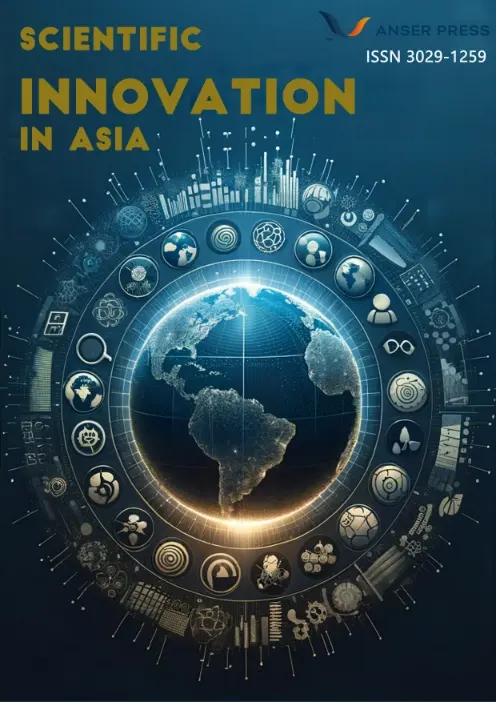
Volume 3, 2025 - Issue 2
 An open access journal
An open access journal
The process of human understanding of the universe
Abstract
This paper delineates five historical stages of human understanding of the universe, tracing the evolution from ancient mythology to modern scientific theories. Initially, myths like "Pangu Creating the World" explained cosmic origins, followed by rational interpretations during the Warring States period, as seen in the works of Zhuangzi and Hui Shi. The geocentric and heliocentric models of Ptolemy and Copernicus marked further advancements. Modern materialism, exemplified by Marx and Engels, introduced dialectical perspectives, while Lemaître’s "Big Bang" theory and Hawking’s "singularity" hypothesis blended scientific speculation with mythological elements. The final stage presents a novel "materialist" theory positing that the universe comprises infinite hierarchical structures of infinitesimal particles, forming atomic, molecular, and cosmic scales. This framework challenges idealist cosmologies, refutes Einstein’s "black hole" paradox, and reinterprets gravitational sources as "vacuum energy." By synthesizing empirical observations with philosophical inquiry, the study asserts a deterministic, infinitely scalable universe, displacing metaphysical narratives with a unified materialist ontology.
Share and Cite
Article Metrics
References
- Xu Gang, Zhang Fa (2018) Philosophical interpretation of the myth of ancient Chinese universe formation - centered on the Pangu myth Philosophical Research, 45 (3), 112-120
- Joseph Needham (1990) The cosmology in the history of Chinese scientific thought Research on the History of Natural Sciences, 9 (2), 97-105
- Engels (1883/2020) The infinity of time and space in dialectics of nature Marxist Studies, 37 (5), 10-18 (Translated by Li Sanda)
- Wang Weimin (2015) The structural similarity between atoms and galaxies: a new theory of cosmic hierarchy Astrophysical Journal, 35 (4), 401-410
- Zhang Shuangnan (2019) The "typhoon eye" model of active galactic nuclei: Reflection on the theory of black hole phagocytosis Progress in Astronomy, 37 (2), 189-200
